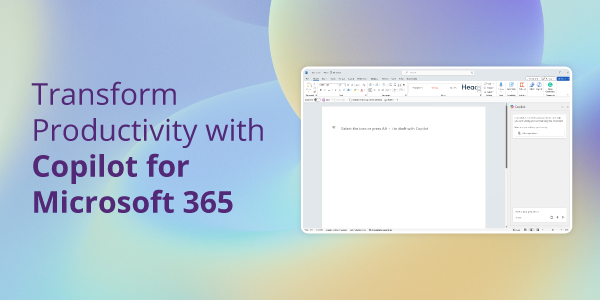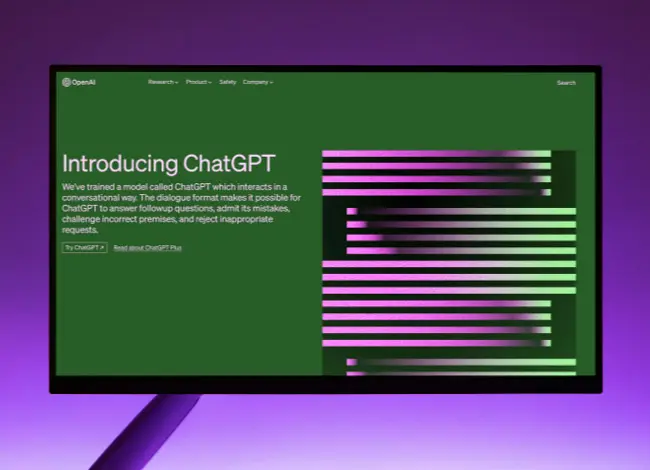Small-to-medium businesses (SMBs) continue to be focused on improving their cloud security, and for good reason. Often, it’s assumed that enterprise-grade security tools are unnecessary for smaller firms. However, SMBs are just as vulnerable to large-scale security threats as large enterprises.
Those businesses with cloud infrastructure from Azure may struggle to keep track of security events and logs. However, it’s precisely here where security threats can be intercepted and responded to.
That’s where two tools are particularly important, an SIEM and a SOAR. With Microsoft Sentinel, Microsoft has combined these two useful solutions into one holistic cloud security package. Microsoft Sentinel provides best-in-class intelligent security analytics and threat intelligence.
In this guide, we’ll give you all you need to know about how Microsoft Sentinel gives you a ‘bird-eye view’ of your cloud infrastructure and explore how it can help protect your business from the most sophisticated cyber-attacks.

What are SIEM and SOAR?
Microsoft Sentinel combines two important security technologies:
- Security Information and Event Management (SIEM)
- Security Orchestration, Automation and Response (SOAR)
At first glance, these tools seem to cover the same job – helping your business better respond to a security threat and more quickly handle security. However, there are some key subtle differences between each tool that makes Microsoft Sentinel – combining the two – such a useful complete software package.
What is a SIEM?
Before diving into how Microsoft Sentinel can protect your business, it’s important to first define what each of these security tools is.
Security Information and Event Management (SIEM) solutions are involved in capturing and processing security data generated from your systems and cloud infrastructure.
Where is this security information coming from? It includes the logs from antivirus software and firewalls, alerts from servers and applications, network devices, domain controllers and more. This wealth of information is vital for understanding the security health of your infrastructure, but handling such a data volume manually is virtually impossible.
Essentially, a SIEM aggregates and then categorizes and analyses this security information and events through AI automation. A SIEM tool like Microsoft Sentinel is looking out for the patterns in event data that indicate a potential cyber-attack and will alert your team of any pressing security breaches.
What is a SOAR?
The best way to understand the role of a SOAR – Security Orchestration, Automation and Response – tool is to consider it as the engine for which your business can respond to security alerts.
A SOAR tool takes the input alerts from the SIEM system and uses its AI to understand what action and responses are needed to resolve security issues. It takes into account the dependencies, impacts and risks associated with each security alert and categorises each risk based on its severity. This is particularly useful for reducing ‘alert fatigue’ where a large volume of low-risk security alerts makes it easier to ignore or miss high-risk security alerts.
An important feature of a SOAR tool is the ability to automate responses to certain types of security alerts. Rapid incident response is extremely important for mitigating the damage caused by security threats and breaches. SOAR tools can help your security team drastically reduce both mean time-to-detect (MTTD) and mean time-to-respond (MTTR).
What is Microsoft Sentinel?
Microsoft Sentinel – formally known as Azure Sentinel – is Microsoft’s cloud-native SIEM and SOAR suite. It affords businesses advanced tools for security monitoring and includes a smart analytics service for detecting, investigating, and responding to threats across your cloud infrastructure.
Microsoft bill its tool as a “birds-eye view across your enterprise”. It allows organizations to detect threats before they cause damage, and speeds up threat response using Microsoft’s advanced security artificial intelligence.
The capabilities of Microsoft Sentinel are split into four categories:
- Collect
- Detect
- Investigate
- Respond
These four competencies neatly combine the features and use-cases of both SIEM and SOAR software.
“Microsoft Sentinel allows businesses to detect and stop cyberthreats with a security information and event monitoring (SIEM) solution for the modern world”




